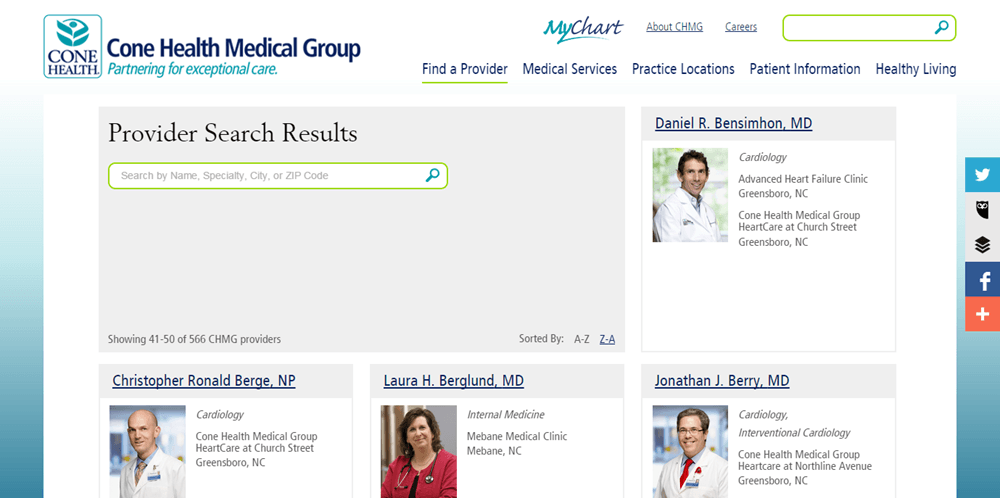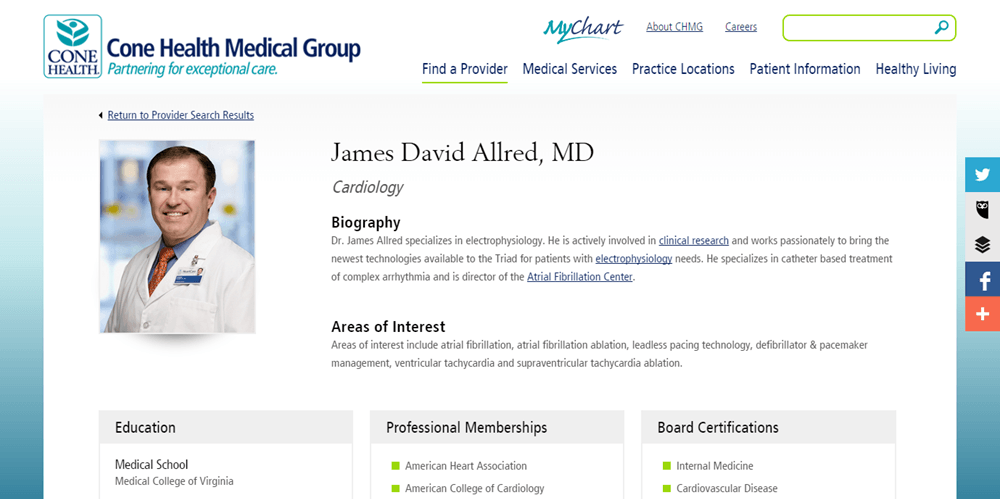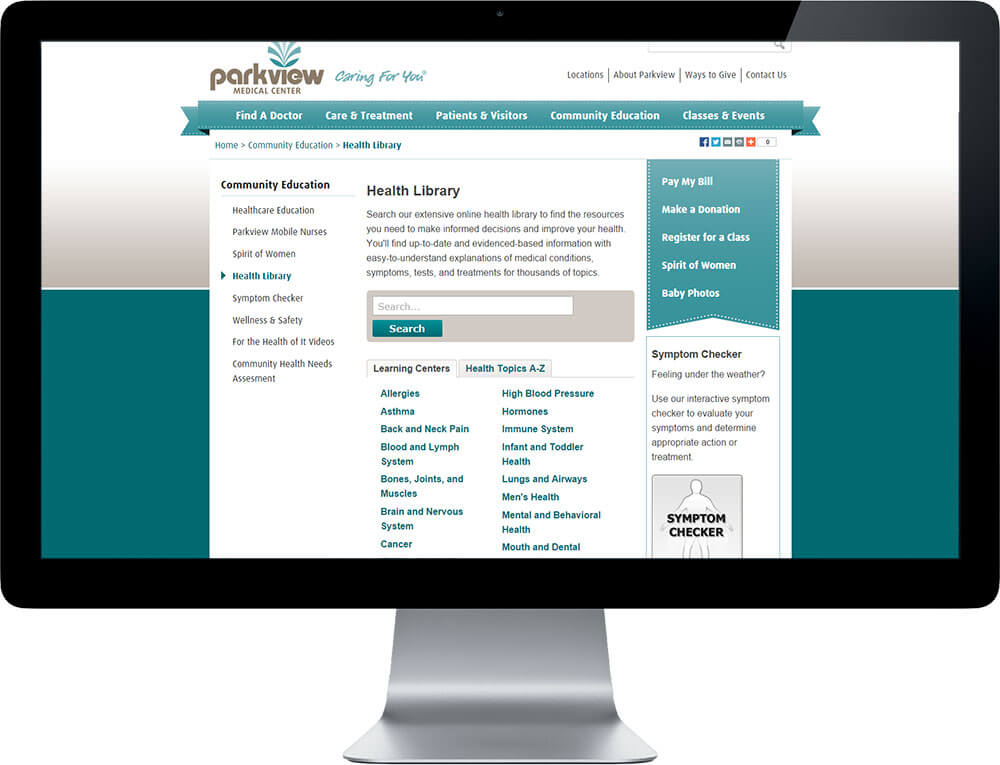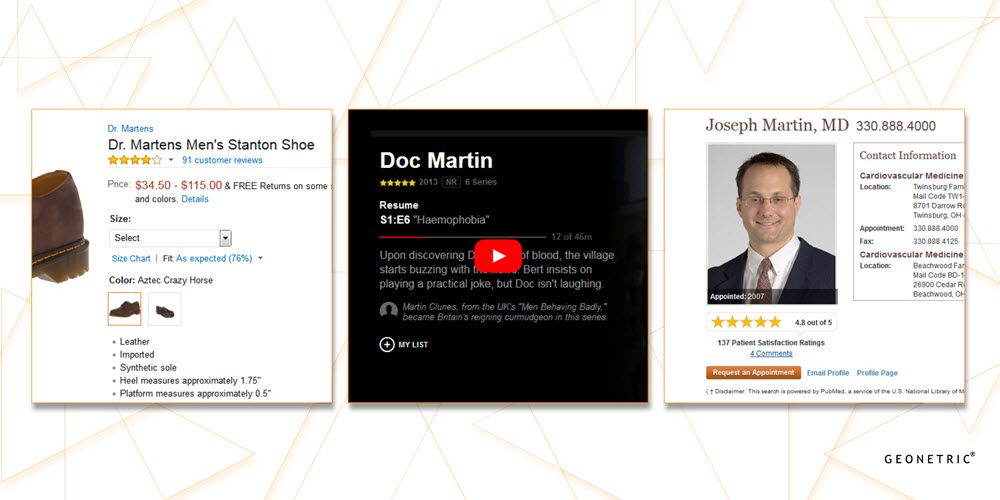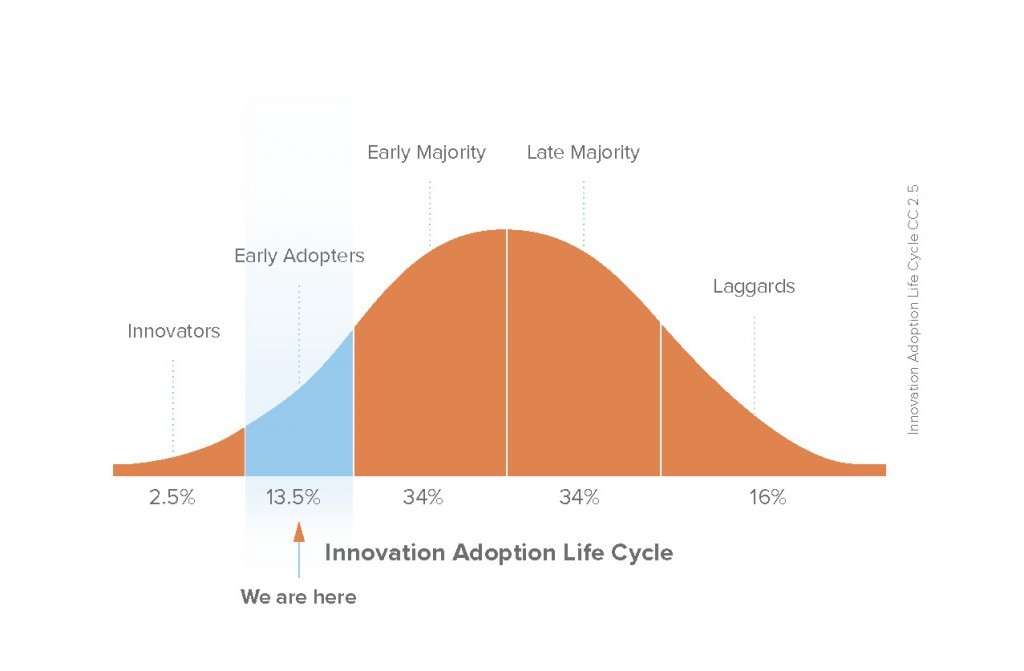Let’s set aside the technical aspect of creating and maintaining a WordPress blog for now and focus on the strategy of writing great content, getting physicians on board, and putting that content to work for your marketing goals.
Writing Great Content
While it may seem like finding the perfect design and setting up hosting for your blog are the main hurdles, the real work is consistently creating great content. In fact, some of the internet’s most popular blogs are lacking a strong design, but because of their content, they have become thought leaders in their market. Think of websites like Daring Fireball and even Seth Godin’s blog.
Great content does several things:
- It creates instant value for the audience by providing actionable information or an “Ah ha!” moment that makes the reader take the next step.
- It encourages (and seemingly demands) sharing. From Facebook to Twitter and even other related blogs, a single post or entire blog that gets shared can do more for your brand than paid advertising could ever hope.
- It is timely and matches what your audience is searching for at any given time. A post about spring allergies as winter comes to a close may be one example.
It’s also important to remember that content can take many forms. While a blog post is the most common, you can also include video, audio, photo galleries, infographics, and more on your blog.
In fact, a good blog includes some diversity to keep readers engaged. Keep your blog fresh with a variety of different content pieces.
Encouraging Physicians to Contribute
Helping physicians understand the importance of an activity like blogging can be a challenge, but many physicians are also savvy and understand the importance of this type of marketing. Finding those advocates in your organization is an important step towards making your blog a reality.
Help your physicians realize how the blog will position them as the expert. It’s their opportunity to showcase their expertise and be a helpful voice in the community. This alone could bring patients to their door or your organization as a whole.
The most critical step may be to set a publishing schedule and develop a schedule for your content. In addition to helping your physicians know when new content is needed (and who’s on deck to write), it also helps your audience know when to expect new content.
This structure will likely help you “sell” the idea to potential authors.
Setting Internal Expectations & Measuring Results
Building a blog is a longer-term project, to be sure. It’s important to set expectations with your physicians and internal contacts as it will take time for the blog to build an audience and begin delivering results.
Utilizing tools such as Google Analytics, you’ll be able to report back on traffic being generated by the blog. Plan to report back at least on a monthly basis.
From this important data, you may be able to tell your physicians which content is resonating the most, or take note of which websites send you the most traffic. All of this data will be useful in determining which content to create on a regular basis.
Remember, while it’s great to see traffic growth, also report on the impact their efforts are having on appointment requests and general awareness. You can measure these items through goals and funnels in Google Analytics or even using Event Tracking, another feature of Google Analytics.
An Example: Rush-Copley Pediatrics Blog
One example of an organization that built a blog and encouraged physicians to rally around the project is Rush-Copley. Their Kids Blog is written by multiple physicians who contribute to the content pile and building a strong brand for their pediatrics service line through content marketing.

Once a new post is created, Rush-Copley utilizes their various social channels to promote that post and gain some traction. Additionally, their posts are aligned with keyword research so users searching for help on common pediatrics questions will find their content.
If you spend some time on their blog (and you should!), you’ll find posts on various topics important to parents including dental care, flu season information, strep throat symptoms, and more.
You’ll notice several things about the Rush-Copley Kids Blog:
- The content on the blog is timely and answers questions for parents on many popular topics. It also doesn’t ask much of the visitor, but seeks to inform and build thought-leadership for the Rush-Copley physicians and brand.
- Each physician is featured prominently to showcase their expertise. Posts also include their biography and a link to all of their posts.
- They’ve tackled several topics, both large and small. If you think your physicians can provide value, there is no minimum or maximum when it comes to content creation.
- The blog is featured in the pediatrics section of their website. If users don’t necessarily need pediatric care right now, they’ll at least have a great resource available to them.
Next Steps
Now that you have some ideas for creating an awesome blog for your physicians, what is the first step?
Begin by talking to your web vendor about getting your blog set up, designed, and ready to add content. Be sure it is branded correctly and author profiles are added.
But don’t wait for these pieces to be done and ready. Start building your team of authors, including physicians, and have them begin brainstorming topics to write about.
Once all of the technical pieces are in place, begin adding content. As your posts go live, give them publicity on your social channels and encourage users to share the content with their networks as well. You may even feature your new blog on your homepage or relevant sections of your website.
You may also want to promote this new resource to patients in your own hospital and clinic buildings with signage. Take advantage of your new resource for patients and make it well-known whenever it makes sense to do so.
More Physician Promotion Ideas
Want more ideas for generating buzz around your physicians? Our Online Physician Promotion eBook features tactics for creating stronger online physician profiles, utilizing online paid advertising, and much more.
It’s free to download, and you can grab yours today.
